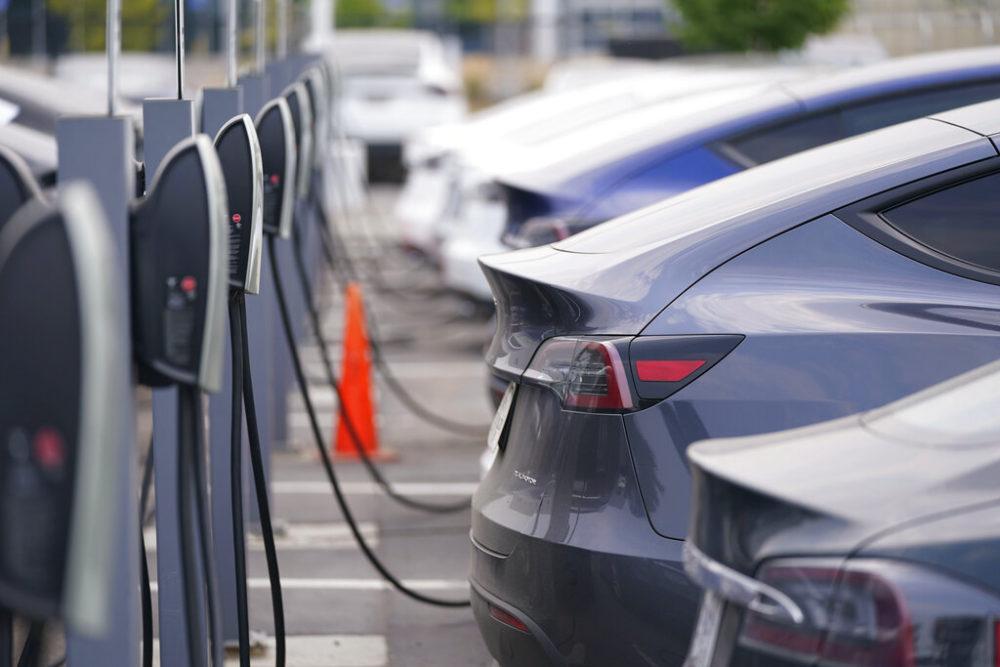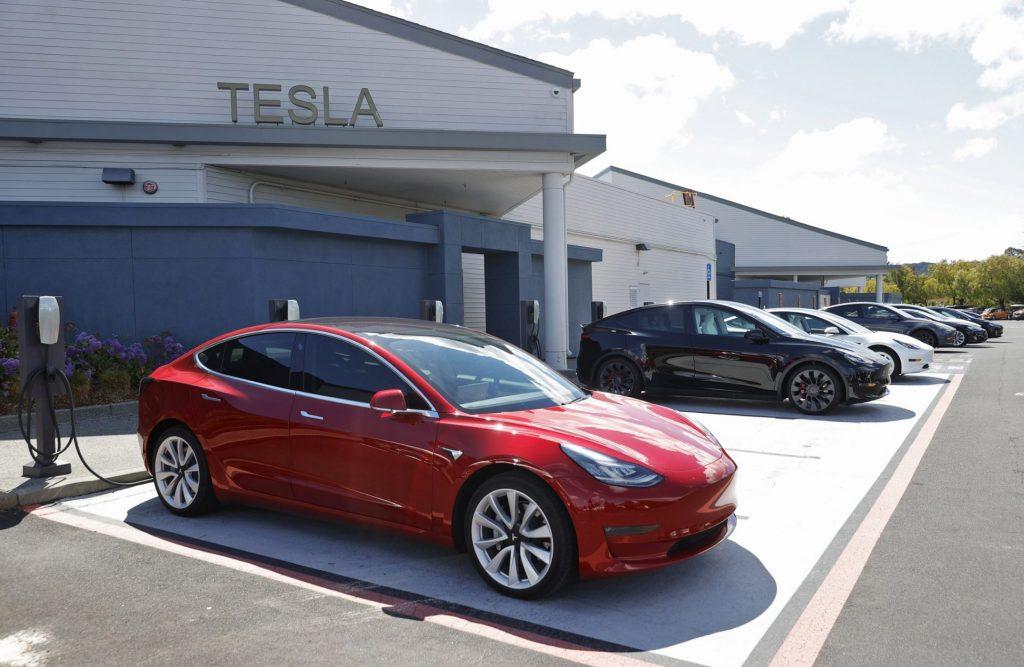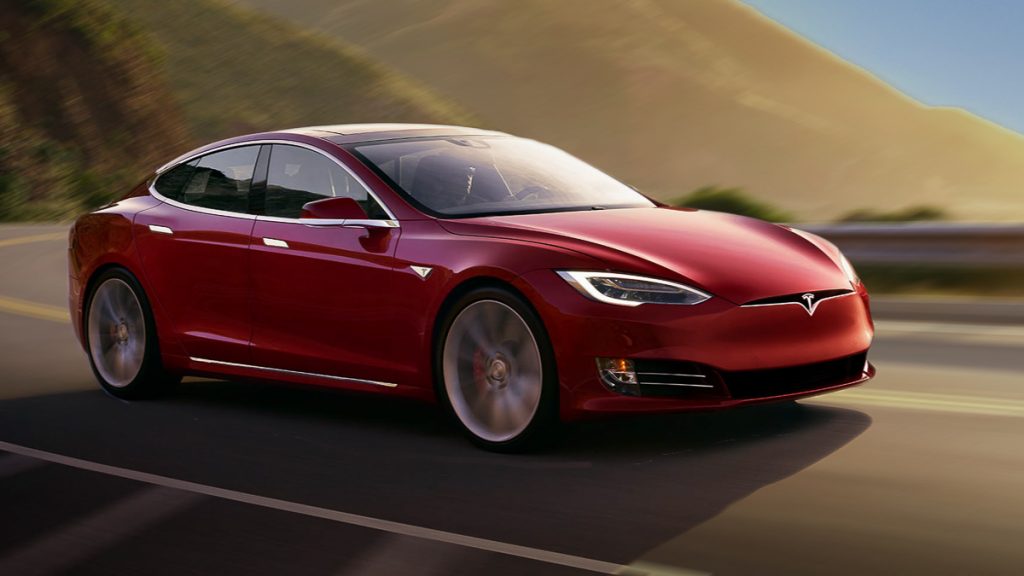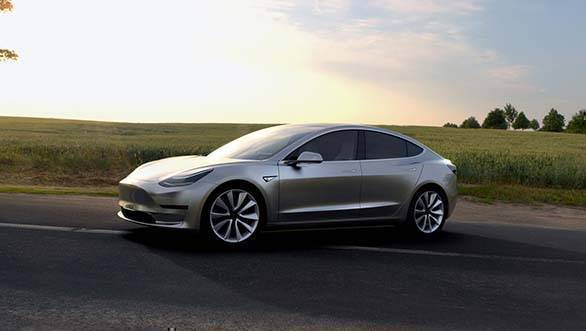While most of us can often fall under the false pretense that air conditioning in an electric vehicle works pretty much the same way as it would in a gasoline engine, this is not always the case. In some instances, the air conditioning in electric vehicles functions a lot differently.
Table of Contents
For example, Tesla claims that the air conditioning & HVAC unit in the Tesla model vehicles normally work on a compressor similar to that of a refrigeration unit. The AC system installed on the front dashboard of the vehicle consumes power from the EES system installed at the back of the vehicle. The power output from the AC system can be adjusted by the driver using the touchscreen or the mobile app depending on the type of electric vehicle he or she is driving.
Simply explained, this system is one of the most effective and energy-efficient in the market and quite the reliable option.
As far as the question goes, "do electric vehicles have air conditioning systems?"
The answer is simply yes. Electric cars do have air conditioning systems which more or less work on the same principles as that of a gasoline car. However, there may be some slight differences in the way they function. While a gasoline-powered vehicle uses an engine to power the compressor, electric vehicles use an EES system or electricity to do the same function. It is always best to consult your car's user manual to get a better understanding of how the AC system in your electric vehicle works.
How Tesla Has Designed The Air Conditioning System For Their Electric Vehicles?

Tesla has designed the AC system for their electric vehicles in a way that it would consume less power while still providing enough cooling. The company has been able to achieve this by making some changes in the way its AC system works.
First of all, they have replaced the conventional air conditioner compressor with an electric one. This has helped to reduce the power consumption of the AC system by a great deal. Apart from that, Tesla has also replaced the heater matrix with an electric heater.
For the heating unit to function appropriately, they have installed a positive temperature coefficient (PTC) heater which has a resistor that relatively increases the electrical resistance by increasing the heat.
The latest Tesla Model 3 features automotive vents which have an incredibly low aspect ratio. This means that the height of these vents is relatively similar to their width. These vents are commonly found flush with the surface on which they are mounted. These vents are not particularly designed to spread air over a wider area. Instead, they have put multiple vents in different parts of the vehicle to evenly distribute the airflow.
The overall design of the AC system in Tesla's electric vehicles is such that it would function more efficiently and use less power than a conventional AC system found in a gasoline-powered car. This is one of the many factors that make Tesla's electric cars some of the most energy-efficient cars on the market today.
How Long Can An Electric Car Idle On Air Conditioning?
The length of time an electric car can idle on air conditioning really depends on the type of electric car and its battery size. However, most electric cars can idle for a few hours on the air conditioning without needing to be plugged in.
For example, the Tesla Model 3 can idle for about 24 hours on the air conditioning before needing to be plugged in. On the other hand, the BMW i3 can idle for about 3 hours on the air conditioning before needing to be plugged in.
To learn more about electric car idling, you can always refer to our article on:
How Long Can An Electric Car Idle On?
Is Electric Car Air Conditioning Costly To Repair?

No, electric car air conditioning is not particularly costly to repair. In fact, electric car AC systems are generally much cheaper to repair than those found in gasoline-powered cars.
This is because electric car AC systems are much simpler and have fewer parts than their gasoline-powered counterparts. For example, electric car AC systems do not have a compressor, which is one of the most expensive parts to replace in a gasoline-powered car AC system.
In addition, electric car AC systems are also much easier to diagnose and repair than gasoline-powered car AC systems. This is because electric car AC systems do not have as many parts and are therefore much simpler to troubleshoot.
Overall, electric car AC systems are much cheaper and easier to repair than gasoline cars.
What Happens If Electric Car Runs Out Of Power?
If an electric car runs out of power, it will simply stop working. The engine will shut off and the car will come to a stop.
If this happens, the best thing to do is to call a tow truck and have the car towed to a nearby charging station.
Here's an article that's going to help you learn what to do if your electric vehicle runs out of power.
What Happens If An Electric Car Runs Out Of Power?
Do Electric Cars Stay Warm During Winters?

Yes, electric vehicles do stay warm during winters. However, they will not be as warm as gasoline-powered cars.
This is because electric vehicles do not have a conventional heater system. Instead, they have an electric heating system which is not as effective at heating the car as a conventional heating system.
The good news is that electric cars do have a pre-heat system which allows the car to be heated up before you get in it. This way, you will not have to wait for the car to heat up before you can start driving it.
To learn more about how electric vehicles are heated:
Conclusion
So, do electric cars have air conditioning? Yes, they do. Electric cars are actually more energy-efficient when it comes to using air conditioning than gasoline-powered cars. Electric vehicles also have a pre-heat system which allows the car to be heated up before you get in it.
Want to learn more about electric vehicles, stay tuned only at Road Cartel to gather more information.

